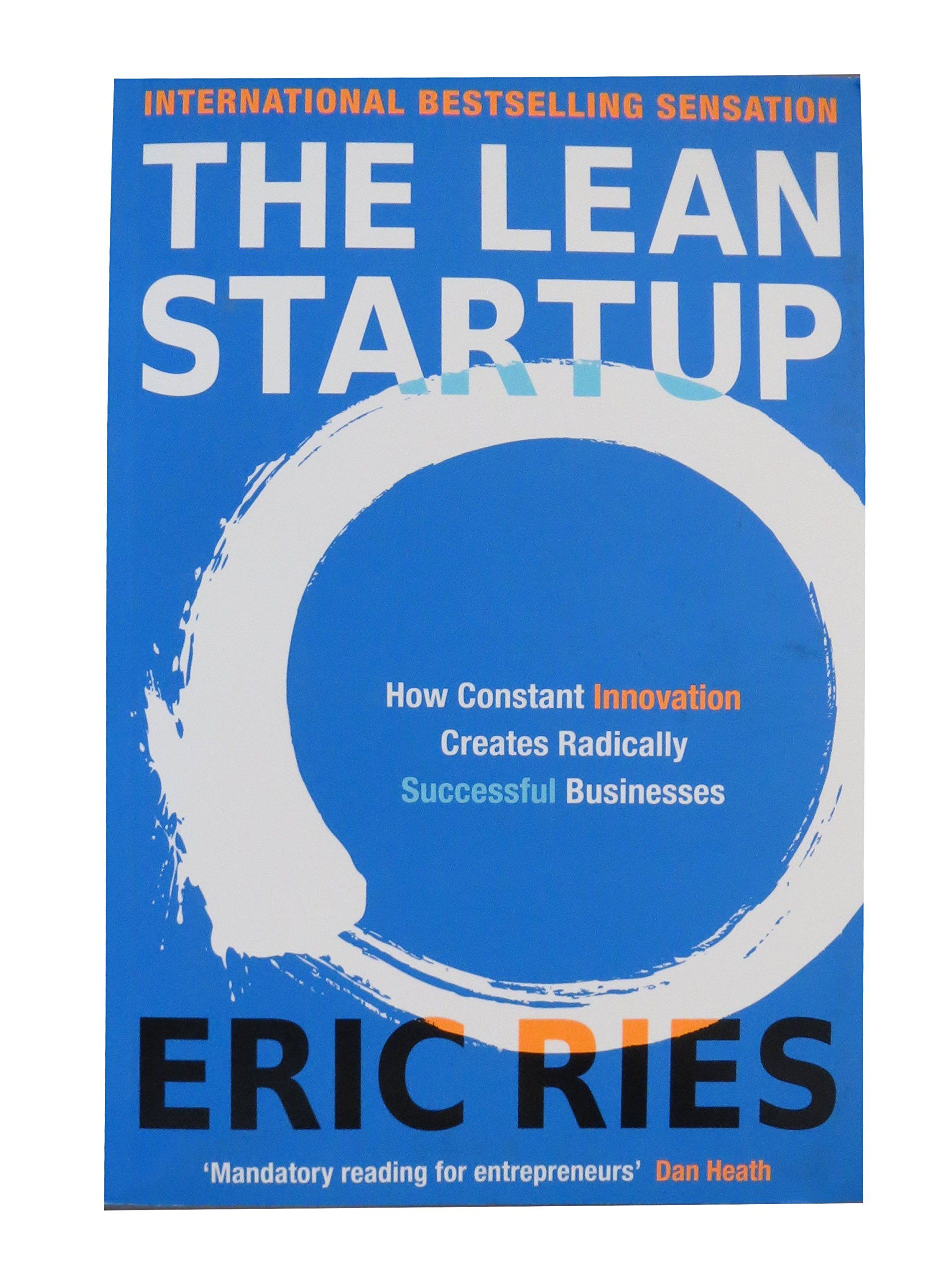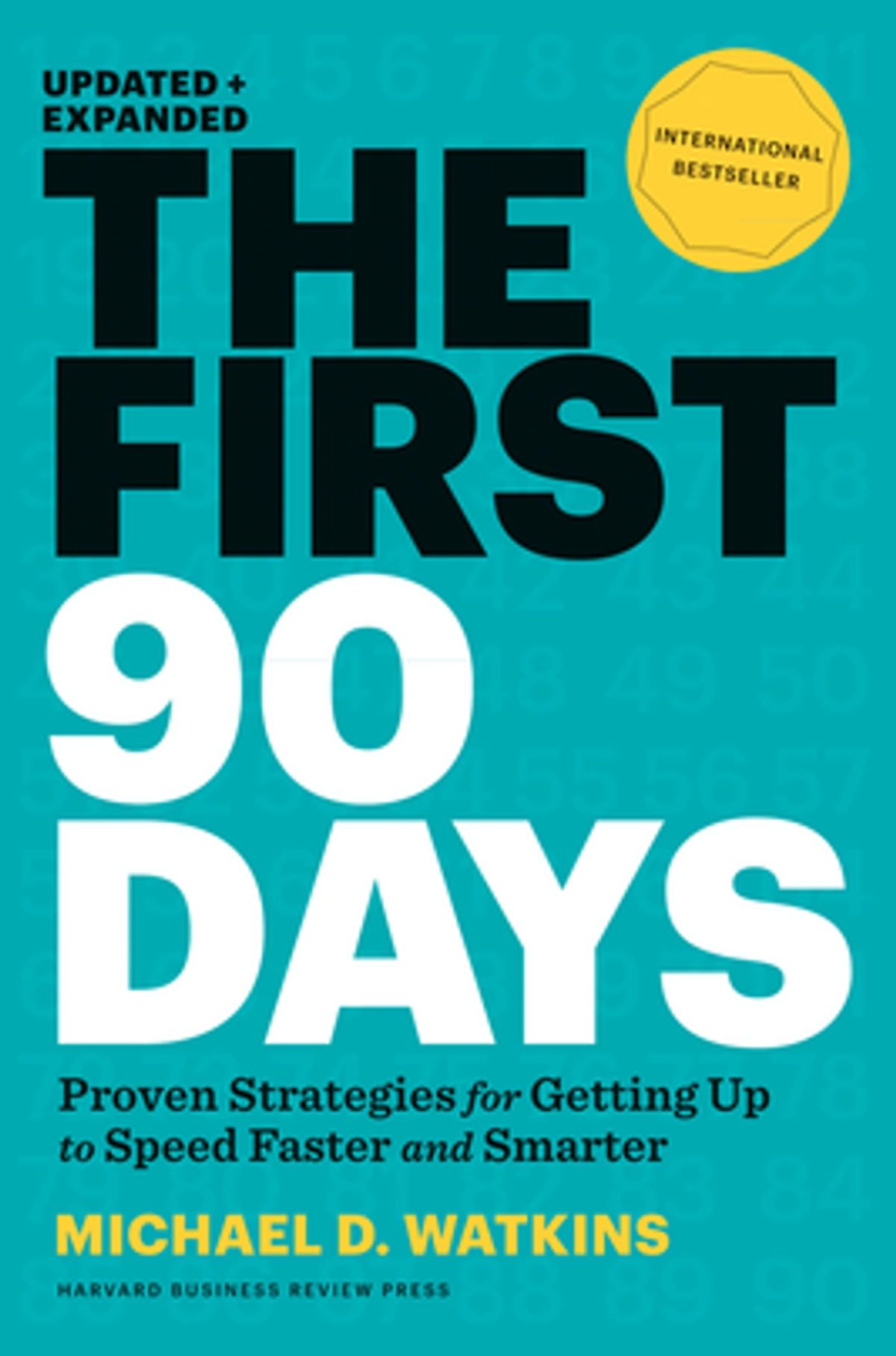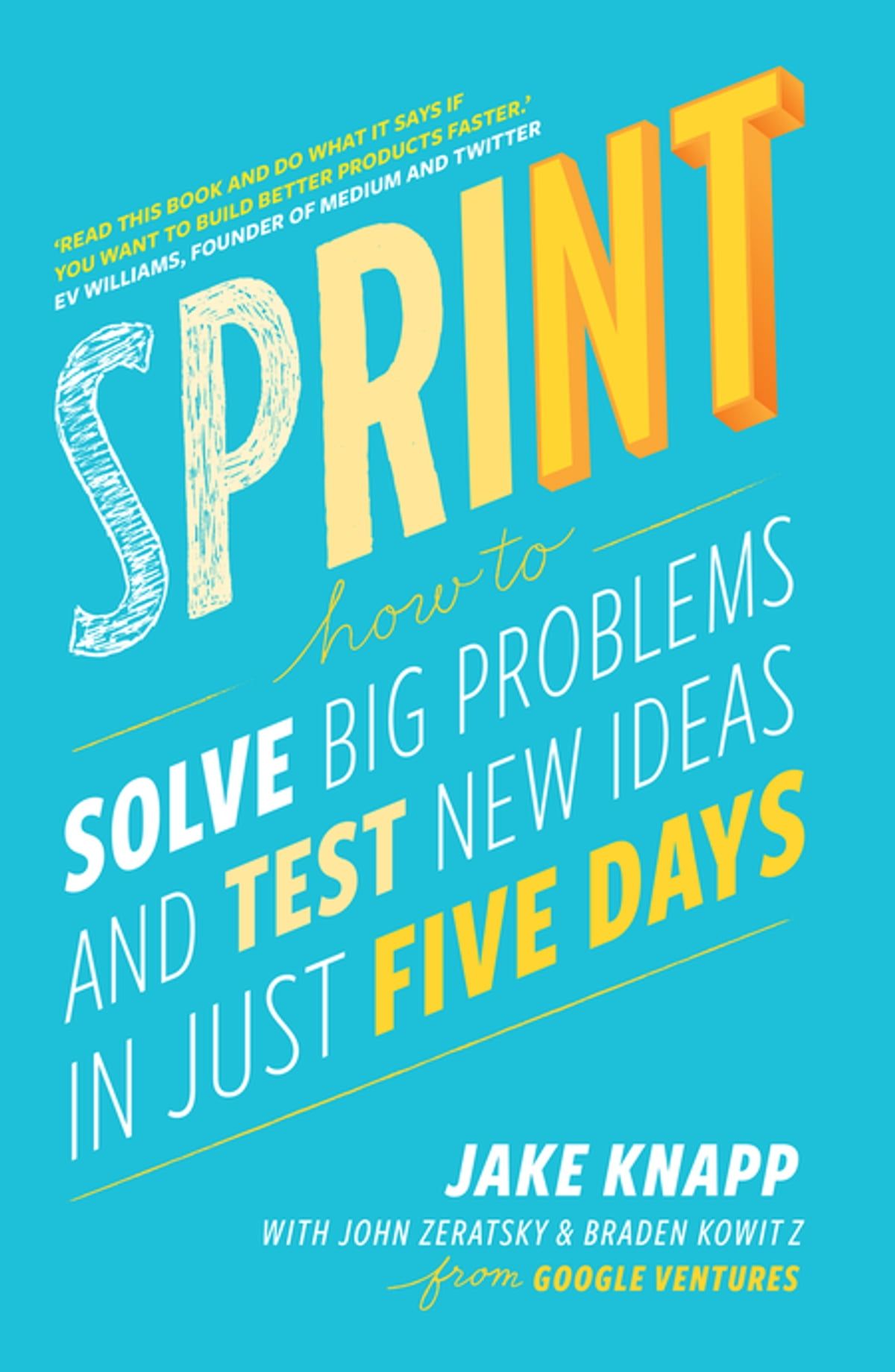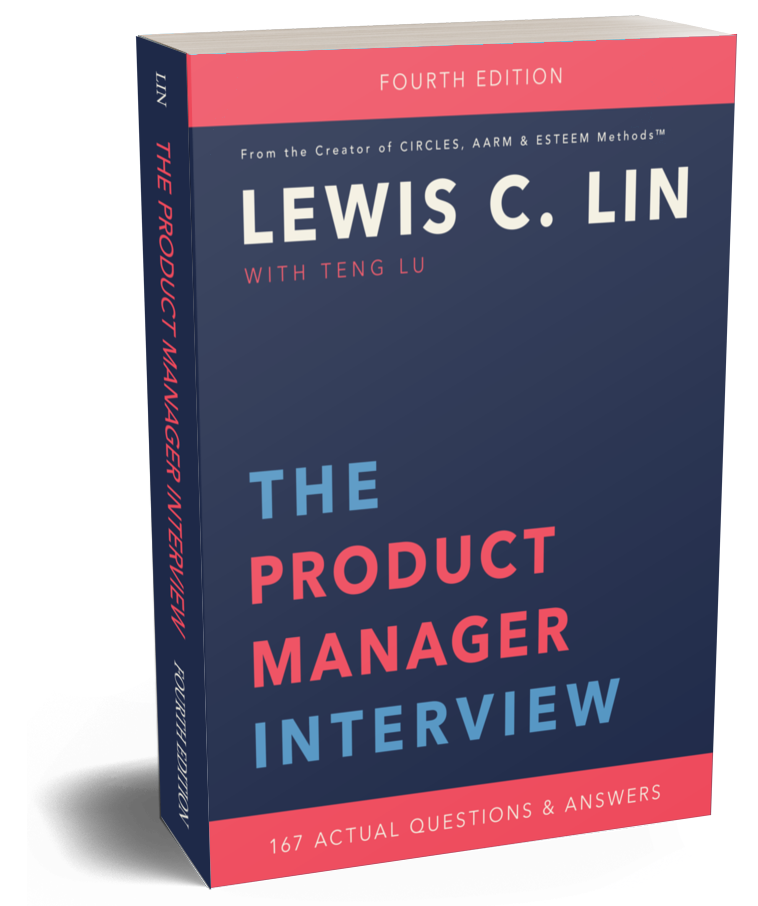Top 10 books for product managers
I personally believe product managers should be voracious readers.
There are plenty of books that a product manager should read. Too much really, so I figured I’d put together some of my favorites.
Below are some tried and true books every PM should read throughout their career regardless of the industry they’re in.
Some are better for those starting out, some for those looking to change jobs and some can be read any time in your career.
"The lean startup" by Eric Ries

"The Lean Startup" is a book by Eric Ries that was published in 2011.
It describes a framework for building and managing startups, with a focus on developing and launching new products or services in a fast and efficient manner.
The framework is based on the idea of "lean thinking," which emphasizes the importance of continuously learning and iterating in order to reduce waste and increase efficiency.
The book outlines a number of principles and practices that are designed to help startups move quickly and effectively, including:
- Build-Measure-Learn: The core loop of the lean startup process, which involves building a minimum viable product (MVP), measuring customer feedback and data, and using that information to learn and iterate on the product
- The importance of validated learning: Rather than relying on assumptions or preconceived notions, this emphasizes the importance of testing and verifying ideas through data and customer feedback
- The concept of a "pivot": When a startup realizes that its initial product or business model is not working, it may need to "pivot" to a new direction in order to find success
- The use of metrics: The lean startup approach emphasizes the importance of using data and metrics to track progress and make informed decisions
Overall
Whilst this is more focused on the start-up side of things, the mindset and framework outlined could be utilized by any product manager.
Buy the book here.
Learn more about the author Eric Ries here:
"The innovator's dilemma" by Clayton Christensen
"The Innovator's Dilemma" is a book by Clayton Christensen that was published in 1997.
It describes a phenomenon known as "disruptive innovation," in which new entrants to a market are able to effectively challenge established firms by introducing simpler, cheaper, or more convenient products or services.
Established firms often struggle to respond to disruptive innovations because they are focused on meeting the needs of their most demanding customers and optimizing their existing technologies and business models.
As a result, they may miss opportunities to embrace disruptive innovations, which can ultimately lead to their decline.
Overall, "The Innovator's Dilemma" provides a framework for understanding how disruptive innovations can threaten established firms, and offers strategies for effectively responding to these challenges.
25+ years since it was first published it’s core insights are still relevant today and can help any product manager out there help survey the landscape of the industry they’re in.
Buy the book here.
Learn more about the author Clayton Christensen here
"Inspired: how to create tech products customers love" by Marty Cagan

"Inspired: How to Create Tech Products Customers Love" is a book by Marty Cagan that was published in 2008.
It provides a framework for building successful technology products, with a focus on creating products that are truly valuable to customers.
According to Cagan, the key to creating successful products is to focus on solving real problems for customers, rather than simply adding new features or chasing the latest trends.
He argues that the best products are the result of a collaborative process that involves close collaboration between product managers, designers, and engineers, and that relies on rapid prototyping and continuous testing and iteration.
The book outlines a number of principles and practices that can help firms create successful products, including:
- The importance of a clear product vision: A well-defined product vision provides a clear direction and focus for the product team, and helps to ensure that the final product meets the needs of the target customer
- The role of product management: Product managers are responsible for defining the product vision and ensuring that the product team stays focused on delivering value to customers
- The importance of customer feedback: Gathering and incorporating feedback from customers is crucial for ensuring that the product meets their needs and addresses their pain points
- The role of agile development: Agile development methodologies, such as Scrum, can help product teams to quickly and efficiently build and iterate on products
"Inspired: How to Create Tech Products Customers Love" provides a comprehensive guide to building successful technology products, with a focus on customer-centricity and rapid iteration.
Buy the book here.
Learn more about the author Marty Cagan here:
"The product manager's handbook" by Linda Gorchels

"The Product Manager's Handbook" is a book by Linda Gorchels that was published in 1997.
It is a comprehensive guide to the role of the product manager, providing practical advice and best practices for managing the development and launch of new products.
Some key concepts covered in the book include:
- The product management process: The book outlines a step-by-step process for managing the development and launch of a new product, including market research, product planning, and product launch
- The role of the product manager: The book defines the role of the product manager and describes the skills and competencies required to be successful in this role
- Product planning: The book provides guidance on how to create a product roadmap and plan, and how to prioritize features and resources
- Product launch: The book covers the process of launching a new product, including marketing, sales, and customer support
This is an ideal book for any product manager looking to have a full overview of product management as a discipline.
You’ll read it once but find yourself dipping back in it throughout your career.
Buy the book here.
Learn more about the author Linda Gorchels here:
"The four steps to the epiphany" by Steve Blank
"The Four Steps to the Epiphany" is a book by Steve Blank that was published in 2005.
It is a guide to the process of building a startup, with a focus on customer development and the importance of testing and iterating on the business model.
The book outlines a four-step process for building a startup:
- Customer discovery: This involves identifying and understanding the needs of the target customer, and testing assumptions about the product or service that the startup plans to offer
- Customer validation: This involves building a minimum viable product (MVP) and gathering feedback from customers to validate that the product meets their needs
- Customer creation: This involves scaling the business and building a customer base through marketing and sales efforts
- Company building: This involves scaling the business and building the infrastructure needed to support growth
"The Four Steps to the Epiphany" provides a framework for building a startup but has many parallels for any product manager out there.
You can directly apply the processes outlined for any size company you work for.
Buy the book here.
Learn more about the author Steve Blank here:
"How to win friends and influence people" by Dale Carnegie
"How to Win Friends and Influence People" is a self-help book written by Dale Carnegie and published in 1936.
The book is designed to teach readers how to be more effective in their personal and professional relationships, and how to persuade and influence others.
I always forget how old this book is and what’s more amazing is how relevant all the situations discussed in it are to this day.
The book is organized into four main sections, each of which covers a different aspect of interpersonal communication and relationships:
- "Fundamental Techniques in Handling People": This section covers principles for building strong relationships with others, such as showing genuine interest in them and being a good listener
- "Six Ways to Make People Like You": This section covers strategies for building rapport and making a positive impression on others, such as smiling, using people's names, and being genuinely interested in their lives
- "How to Win People to Your Way of Thinking": This section covers techniques for persuading and influencing others, such as using logical argument and appealing to people's emotions
- "Be a Leader: How to Change People Without Giving Offense or Arousing Resentment": This section covers strategies for effectively leading and managing others, such as setting a good example and being a fair and decisive leader
The scope of the book is well beyond that of just product management but its teachings are very relevant for product managers.
A major skill for PMs is managing people across and up. The techniques Carnegie outlines go a long way in making this much easier.
Overall, "How to Win Friends and Influence People" is a practical guide to building strong relationships and persuading and influencing others, with a focus on communication and interpersonal skills.
Buy the book here.
Learn more about the author Dale Carnegie(deceased) here:
"The first 90 days: proven strategies for getting up to speed faster and smarter" by Michael D. Watkins

"The First 90 Days: Proven Strategies for Getting Up to Speed Faster and Smarter" is a book by Michael D. Watkins that was published in 2003.
I recommend this book to anyone I know starting a new job or who recently got promoted.
It is designed to help leaders navigate the critical first 90 days in a new role, and provides a framework for quickly getting up to speed and making a positive impact.
The book outlines a step-by-step process for navigating the first 90 days in a new role, including strategies for planning, executing, and adapting to new challenges.
It also provides guidance on how to manage common pitfalls and challenges that leaders may face during this transition period.
Overall, "The First 90 Days: Proven Strategies for Getting Up to Speed Faster and Smarter" is a practical guide for leaders looking to make a smooth and successful transition into a new role.
This book is perfect for any product manager who just got promoted internally or is starting a new job at any stage in their career.
Buy the book here.
Learn more about the author Michael D. Watkins here:
"Sprint: how to solve big problems and test new ideas in just five days" by Jake Knapp

"Sprint: How to Solve Big Problems and Test New Ideas in Just Five Days" is a book by Jake Knapp that was published in 2016.
It describes a framework for solving complex problems and testing new ideas through a structured process called a "sprint."
A sprint is a structured five-day process that brings together a cross-functional team to rapidly prototype and test new ideas.
It involves several key steps:
- Define the problem: The team starts by clearly defining the problem that they are trying to solve, and identifying the key questions that they need to answer
- Generate ideas: The team then works together to generate a wide range of ideas and solutions to the problem
- Prototype and test: The team chooses the most promising ideas and creates rapid prototypes that they can test with real users
- Make decisions: Based on the feedback and data gathered during testing, the team makes decisions about which ideas to move forward with and how to refine and improve them
- Plan next steps: The team creates a plan for implementing and scaling the winning ideas
Overall, "Sprint" provides a structured and practical framework for solving complex problems and testing new ideas in a short period of time.
Buy the book here.
Learn more about the author Jake Knapp here:
"The product manager interview" by Lewis C. Lin

"The Product Manager Interview" is a book by Lewis C. Lin that was published in 2014.
Product manager interviews can be notoriously tricky.
So if you’re nervous about job interviews this might be perfect for you.
It is designed to help you prepare for product management interviews, and provides guidance on the types of questions that are commonly asked in product management interviews. As well as strategies for answering them effectively.
The book also includes sample answers and strategies for preparing for product management interviews, as well as tips for standing out and making a strong impression during the interview process.
Overall, "The Product Manager Interview" is a comprehensive resource for anyone preparing for product management interviews.
Even just familiarizing yourself with the types of questions that are commonly asked goes a long way in preparing for interviews.
Buy the book here.
Learn more about the author Lewis C. Lin here:
"The art of product management" by Rich Mironov
"The Art of Product Management" is a book by Rich Mironov that was published in 2018.
It is a comprehensive guide to the role of the product manager, providing practical advice and best practices for managing the development and launch of new products.
The book covers a wide range of topics related to product management, including market research, product planning, pricing strategy, and product launch.
It also provides guidance on how to work effectively with cross-functional teams, including engineering, marketing, and sales.
Some key themes and concepts covered in the book include:
- The importance of a clear product vision: A well-defined product vision provides a clear direction and focus for the product team, and helps to ensure that the final product meets the needs of the target customer
- The role of the product manager: The book defines the role of the product manager and describes the skills and competencies required to be successful in this role
- Product planning: The book provides guidance on how to create a product roadmap and plan, and how to prioritize features and resources
- Product launch: The book covers the process of launching a new product, including marketing, sales, and customer support
"The Art of Product Management" is a comprehensive end to end guide for product managers. It leans more towards the new product side of things (as opposed to iterating an existing product) but has valuable info for any product manager.
Buy the book here.
Learn more about the author Rich Mironov here:
There are many other books that product managers should read.
As a PM you should always be reading about trends, new tools and news related to product management and your current industry.
A handy tool for any product manager is jam.dev. This free chrome extension enables you to take a screenshot, record a video, or share a rewind of a bug that just happened.
It's the fastest way to capture and send bugs to Jira or a Slack channel. Your QA and Dev teams will love it as you can quickly provide all the required info in one place.
Got more book recommendations you think we should include here? Let us know over @jamdotdev
